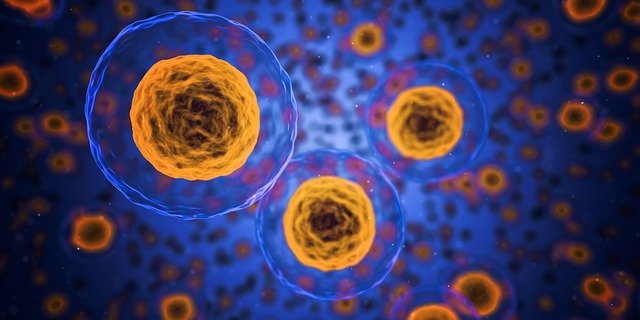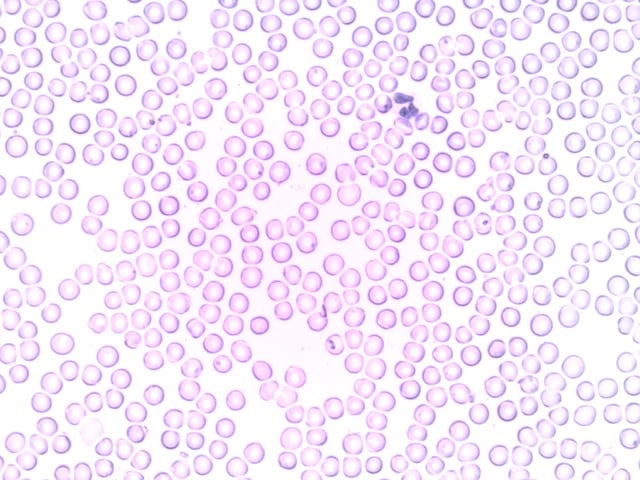
Macrophages are cells capable of phagocytosing particles and destroying microorganisms.
A macrophage is a large cell that can phagocytose various particles and destroy microorganisms . It is a type of white blood cell or leukocyte that also promotes the action of other types of cells in the immune system and eliminates dead cells.
They defend the organism
Before moving forward, it is important to mention that white blood cells are blood cells , just like red blood cells and platelets . Among white blood cells we find macrophages , basophils , monocytes , neutrophils , lymphocytes and other cells.
Returning to the idea of macrophage, they arise as a response to the accumulation of dead cells or an infectious process . They are formed from monocytes , when they leave the blood circulation and join an organ or tissue, then registering various changes until they become macrophages.
With a diameter of about 21 micrometers, macrophages can recognize, phagocytize and destroy those elements that are their target . That is why they are very relevant in the defense of the body.
When digesting a microbe, the macrophage displays the antigen on its surface. In this way, it warns the rest of the leukocytes that there is, precisely, an antigen . After this warning, a multiplication of white blood cells occurs that respond to the pathogen.
Phagocytosis
This is the most important function of macrophages, as mentioned above, which can be described as the action of surrounding foreign bodies that enter the body with their own membrane. Among these bodies are waste and bacteria from certain tissues. There are more cells that fall into the category of phagocytes , such as neutrophils .
One of the capabilities of macrophages is chemotaxis , meaning that they can be attracted and taken to a particular location where there is a concentration of certain chemicals. This phenomenon can occur in the presence of thrombin, interleukin-I, collagen fragments, kallikrein, fibronectin, leukotrienes, immunoglobulins and elastin, among others.
inflammation
Macrophages belong to the group of innate components of the immune system. In other words, your response to the presence of microorganisms is natural . Among the membrane receptors expressed for various bacterial molecules are the following: for mannoses, for carbohydrates and for lipopolysaccharides .
In vertebrates and invertebrates, macrophages are part of the immune response to infectious processes , due to having their receptors known as scavengers , which have an important specificity to ligands (ions or molecules attached to a central metal atom), such as proteins, lipoproteins, oligonucleotides, phospholipids and anionic polysaccharides.
Antigen presentation
When a macrophage phagocytizes a microorganism, it processes and places its antigens on the outside of its cell membrane. There, their recognition by the T helper lymphocytes takes place. Next, the T cells generate lymphokines to activate the B cells. For this reason, macrophages are considered antigen-presenting cells.

It is a type of leukocyte that activates the immune system and eliminates dead cells
Repair and hemostasis
The macrophage is capable of ingesting dead cells belonging to the organism in which it is housed. On the other hand, it repairs tissues that have suffered damage after the immune reaction. It can also carry out the series of mechanisms called hemostasis , which consists of generating certain substances to carry out coagulation , such as thrombomodulin, factors VII and XIII, protein C and factor III.
for zoology
In the field of zoology , on the other hand, macrophages are animals that eat large prey compared to their own build . These species usually have the ability to dislocate their jaws to ingest the entire body of the prey and also have their structure suitable for swallowing it.
